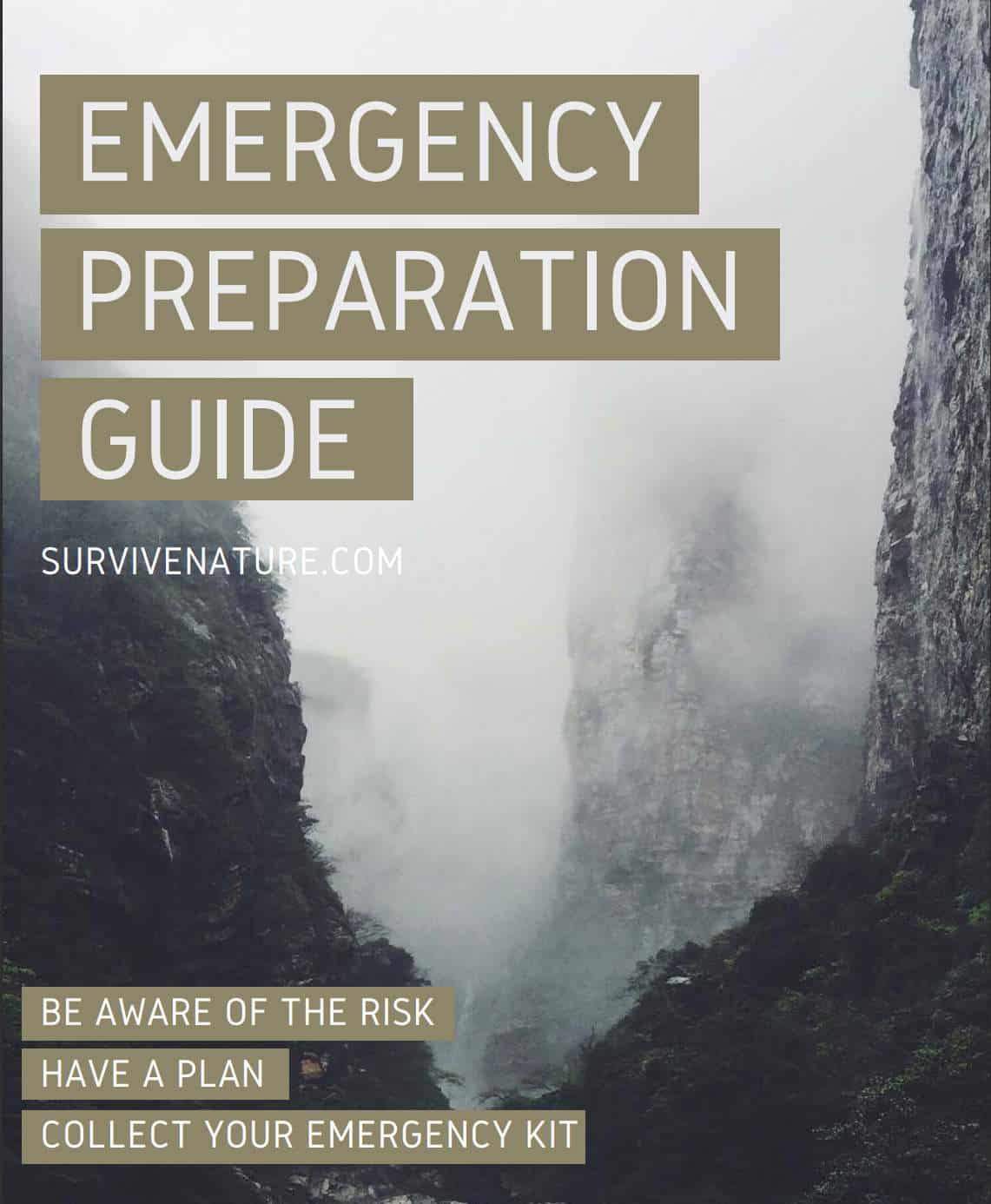Introduction
When one is prepared, one’s survival chances are much higher than the other way round. But what does prepping actually mean? First off, it concerns survival skills. Second of all, it is about proper gear in a well-packed survival sack. Third of all is what you have managed to learn about surviving in particular situations. And of course, your survival chances will increase if you have weapons on you and the ability to use them.
To the point
Reloading shotgun shells can be considered a rather creative process that requires extreme care and attention. Regardless of whether a professional or beginner reloads shotgun shells, they both need to know how to do it right.
In addition to written guides, online articles teach you how to properly and safely reload your gun at home.
You can find many shotshells of different calibers, which differ by technical characteristics and cost. However, each shotgun has its own unique features and firing methods, so a self-loaded shell will allow you to choose the optimal ratio of all ammo components for the individual requirements of your shotgun. Moreover, this method of reloading is cheaper, but you still have to spend money once since you will need some important elements for shotshell reloading.
In this article, we will tell you what steps you need to follow when reloading your shotgun and what equipment it takes.
Things You’ll Need Beforehand
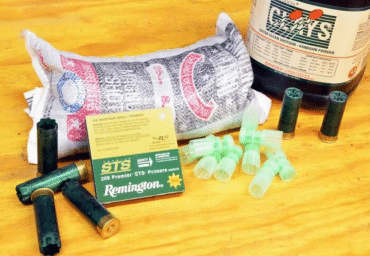
As for shot and powder, it is recommended to purchase them in specialized stores, but not to make them yourself. Even with a certain knowledge of chemistry, you are unlikely to have the right equipment to create the highest quality ammo components. And even if you decide to purchase such devices, they will not pay off for a long time. In fact, none of the components should be hand-made for your own safety.
1. A Loading Shotgun Shells Manual
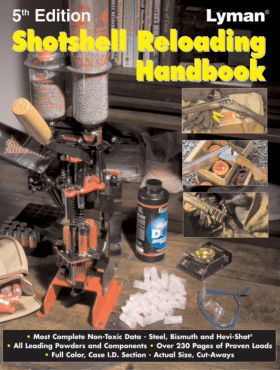
Additionally, in this book, you can find a comprehensive guide about loading buckshot, steel shot, and slugs shot to expand your loading skill level. Also, we recommend you check the interactive Hodgdon website. It also describes different load methods.
2. Shotgun Shells and Hulls
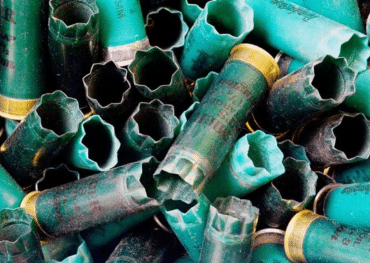
There are two ways of getting the hulls. You can buy factory loads and save the fired shells or order empty ones online.
Of course, factory loads will last much longer because you know the exact number of times they have been used. However, when you order empty hulls online, you cannot be sure that the description is 100% correct.
3. Wads
The base wads separate the powder from the shot or buckshot and prevent the penetration of powder gases between the load and the barrel, ensuring the shell’s initial velocity.
In the process of shooting, the wad is exposed to a lot of pressure and high temperature, so it must meet be:
- the right size
- flexible
- non-flammable
- irresistible to powder gases
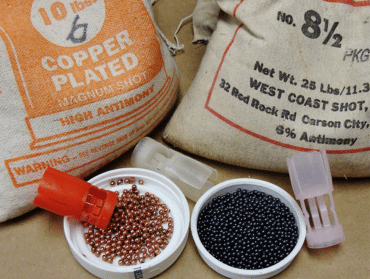
There are also shot wads. They are created to hold the shot in the loaded shell until the shooting and provide a pressure increase at the moment of powder combustion.
And here is the guide on how to make reliable wads from scratch:
4. Primers and Powder
The primers (battery cups) are usually large-sized and are necessary to ignite the powder. It is important to know the characteristics of the primer, as an insufficiently powerful primer can lead to a prolonged shot. In this case, powder burns slowly and unstably, the pressure is not enough for proper combustion, so the shooting happens with a significant delay.
If you want to purchase the full pack of high-quality ammo components for a better reloading experience, check out the Winchester online shop.
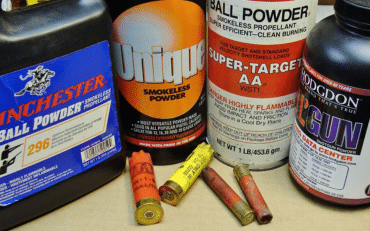
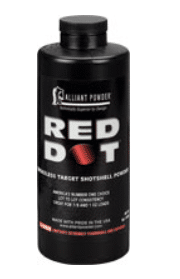
Also important
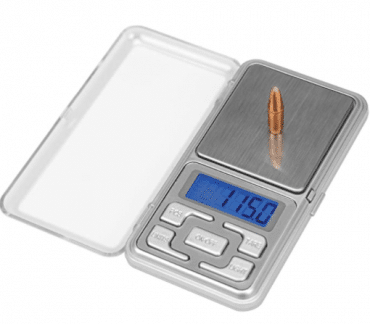
Always double-check your measurements! This is necessary not only for the best shooting result but also for your own safety.
5. Shot Pellets
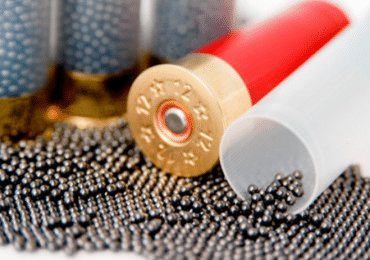
Nowadays, manufacturers are experimenting and producing loads with shots made from new materials. Most often, these are alloys of tungsten, bismuth, and other metals. Often such a shot is clad, coated with another metal, most often nickel or cupronickel. But the most popular are still lead shot or more budget-friendly steel shots.
Regardless of material, the shot must meet the following criteria:
- The shot pellets must be perfectly round
- The surface of the shot pellets must be smooth and shiny
- All pellets must be the same size and have the same hardness
6. Press for Reloading
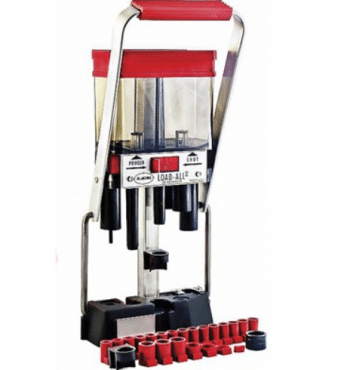
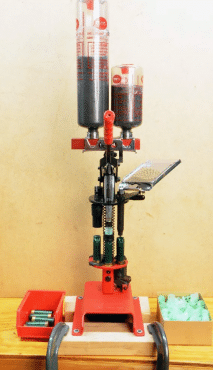
Thus, it is still better to operate with a single-stage press for cost savings and efficiency. You can quickly switch between target loads and hunting ones using one tool.
The Best Reloading Presses
1 – Lee Precision
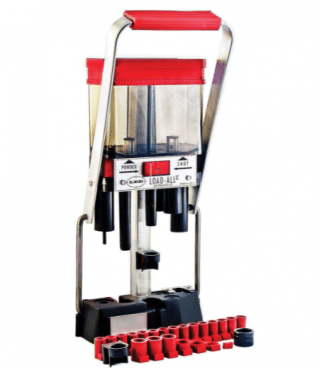
2 – Ponsness/Warren
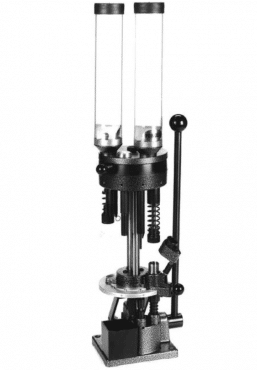
3 – MEC Outdoors
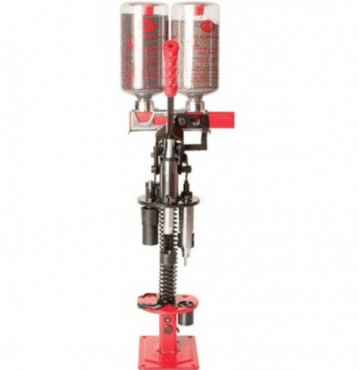
Press-free Shotshell Reloading
In case you are looking for a press-free method, we are here to help! There are many ways of shotgun shell reloading without using a reloading press, and this exact one is straightforward and won’t cost you a penny.
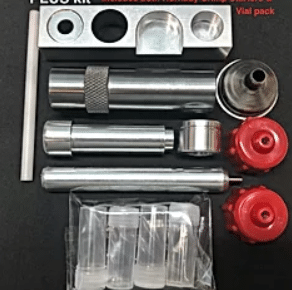
How to Reload Shot Shells
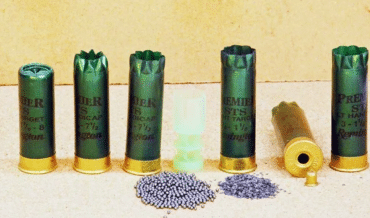
Remember that it is always vital to follow the instructions accurately and read the description of each component to do everything correctly and safely. Take your time and listen to the work of the reloading press, poor-quality shells and spilled powder can always be determined by the sound of the charge bar.
Step 1: Organize the workspace
Before you start loading the shotshells, you should first prepare the workplace. For this, remove all of the needless things from the table and provide good lighting. It is best if you work on a large and sturdy table.
NOTE:
- Only the necessary tools should be at hand. With their help, you can quickly reload the shells with the least effort.
While reloading shotgun shells, there will surely be the loss of several pellets or grains of powder. To keep the workplace clean, it is recommended to use a tray with low sides, where you can put powder bushings, shotshell loaders, or shot charge bar, and then load the powder charges and shot into the shells above it.
Step 2: Remove the spent primer
If you are not using new shells, it is very easy to deprime and resize the shells with the loading press. In this case, you do not have to worry about damaging the shell. What is more, ammo equipped following all the rules and using a reliable press system will be stable even at the most crucial moment.
Insert the shotshell on the shell holder, and then the charge bar will knock out the used primer with a depriming rod. Please, do one shell at a time.
Step 3: Reloading process
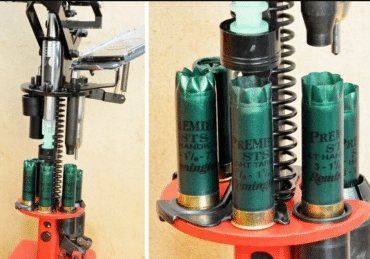
- Insert a new primer into the shell and gently press in with the loading device. Remember that the pressed-in primer must be the same diameter as the bottom of the shotshell.
- According to the instructions on the package, measure out the required amount of powder charge weight and then load it into the re-primed shell. When reloading large batches of shotgun shells, it is convenient to use a powder dispenser. You just limit the scale of the dispenser with the regular scales, then pour the powder into the shell (it is recommended to check the dispenser operation after 10-15 charges). When measuring out the powder, all movements must be the same. You must not tap on the gauge to compact the powder.
- The wad should fit snugly into the shell and be of sufficient height. Modern plastic wads are fairly simple to use. They are put directly on gunpowder, and then the shot is loaded above. This way, shooting stability is increased. Double-check the wad pressure guidance before loading it into the shell.
- After placing the wads, measure the shot charge weight and fill in the shell. The pellets are measured in the same way as powder, and the excess pellets over the measure edges are removed.
If you use a progressive press, it probably means you change the shot sizes or loads. But along with this, you also need to change the charge bar, especially if the grain sizes differ a lot. Therefore, every progressive loader needs additional maintenance after each use.
They are good for people who like to shoot a lot because they need many reloaded shells on hand. So, if you are more into sporting clays type of shoot, we recommend you stick to the single-stage ones.
Step 4: Fold the hull
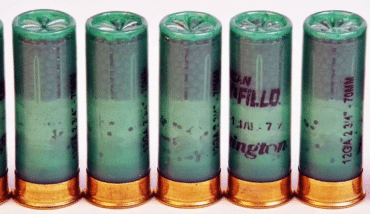
Gently press down and bend the edges of the hull. It is very important not to overdo it. Otherwise, the loaded hull will deform and become unusable for shooting. However, it is very easy to get a nice compression-formed plastic hull. Just follow the instructions!
It is crucial to know that the press system is right for your hulls. They come in six and eight-point, depending on the crimp dies. Final crimp is one of the most significant steps of shotgun shell reloading, so this must be approached with special attention.
Here is the video guide on how to load and reload your ammo. They use a Lee Load-All 2, which is also a great press system for such purposes:
Overview
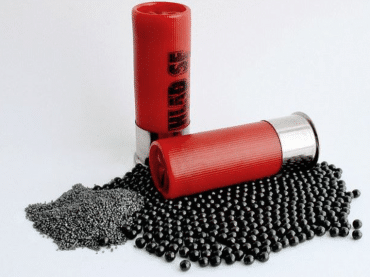
If you notice any sticky extractions or flat primers, it will mean that the shot loads are too hot, which may cause pressure change. You can’t see it visually, but even the smallest change in components can be the reason your shotgun pressure has reached its maximum. Please, read the manual and basic instructions before you actually reload shotgun shells. Your safety is worth your time reading the instructions and double-checking the process steps.
Frequently Asked Questions (FAQ)
Does reloading actually save money?
Yes, because you will have to spend less money buying new ammo shotshells after each shooting session. All you need to do in the beginning is to buy the required equipment and loading components. Once you get into the habit of reloading the ammo yourself, you will see how much money and time it can actually save.
What do you need to reload shotgun shells?
To reload the ammo on your own at home or wherever else, you must purchase a certain set of equipment and loading components. Such components are new or used shells, hulls, primers, gunpowder, wads, and shot. The equipment can be called a loading press, charge bars, special scales, and all kinds of scoops for more accurate measurement of components.
Also, do not forget about the Loading Manual because ammo self-reloading is an extremely unsafe task without instructions.
How to load and shoot a Flintlock rifle?
Such a weapon is charged through the muzzle. Before loading the projectile into the weapon, you must make sure that it is discharged, release the air from the barrel and clean it with a damp patch. Next, pour the measured gunpowder into the barrel and slap the side of the rifle for the gunpowder to settle. After you pour the required amount of gunpowder into the barrel, gently push the patched bullet with the ramrod.
Place the cock in the “half-cock” position, pour the primer powder into a pan and close the frizzen. To shoot, change the cock position to full and pull the trigger.


